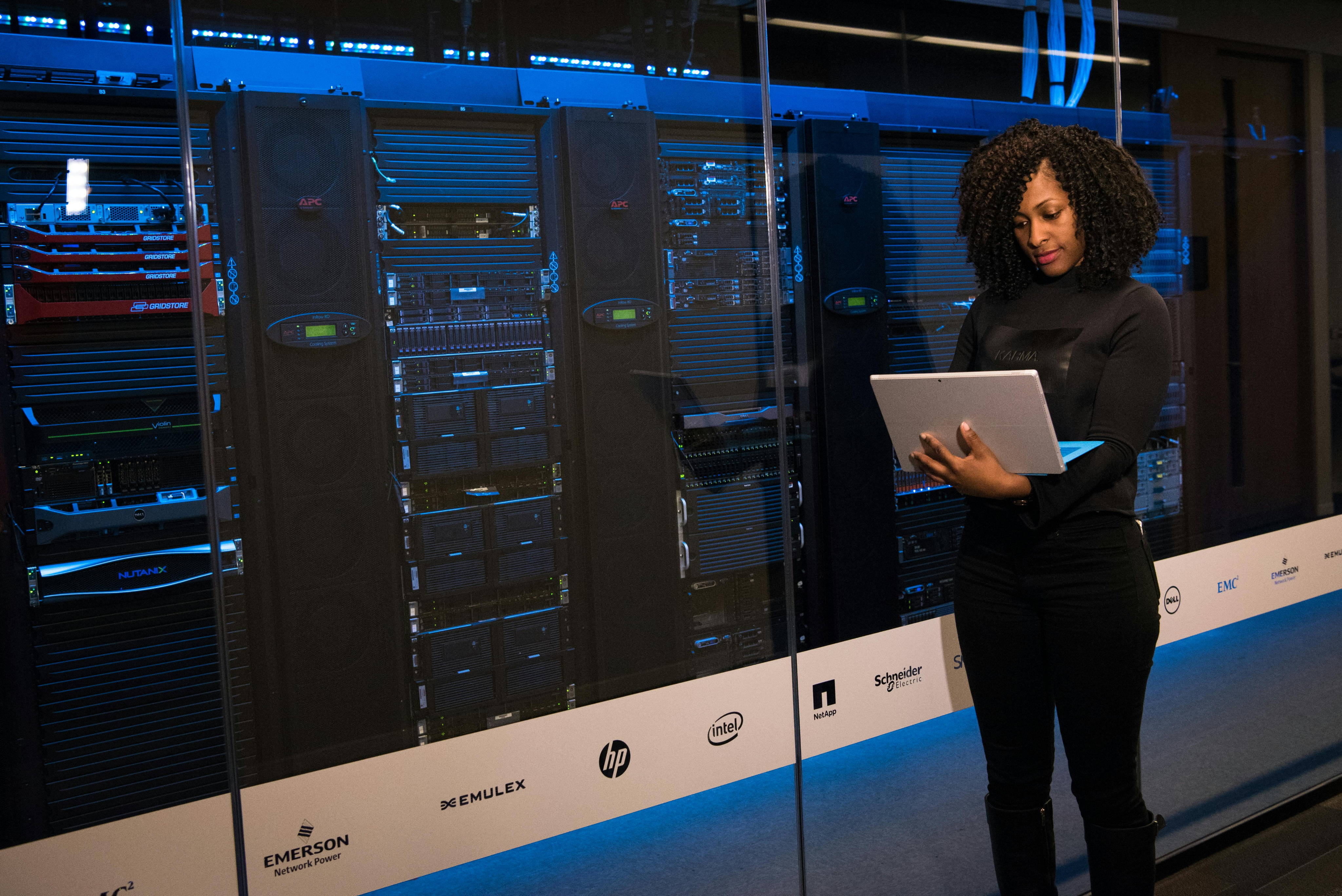Debugging of Flash Issues Observed in Hyperscale Environment at Scale
A deep dive of the methodology and tooling that we use at Meta, to improve debuggability of failures in the datacenters, especially for failures on components like SSDs where privacy requirements might prohibit us from sending the components back for FA or add custom instrumentations in our datacenter. In particular, we will talk about how the tool tracewatch coupled with Latency Monitoring log page helps us trigger trace collection on failures using BPF based triggers.






